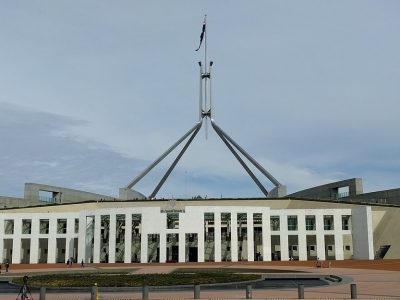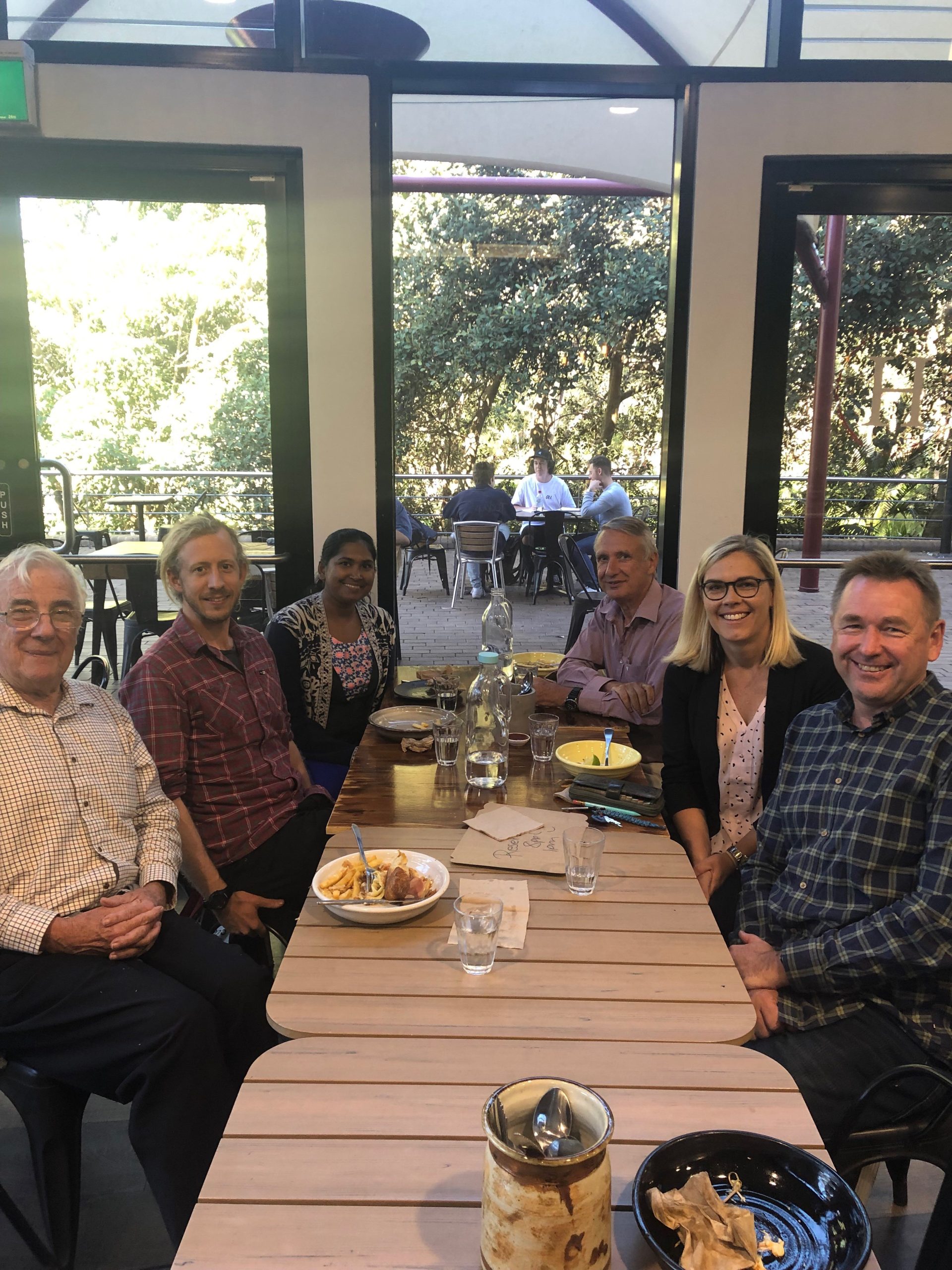Federal Election 2019 and Coasts

I am not sure how many Australians appreciated promises made about coastal issues during the recent federal election. Perhaps very few. This despite the fact that so much of our national well-being and livelihoods are dependent on healthy coasts and waterways. Yet it is interesting to look at promises made by the two major parties and think about what our federal system has to offer over the next 3 years (and beyond!).
The Australian Coastal Councils Association under the leadership of Alan Stokes, lobbied hard for more federal engagement in coastal management. At their last two annual conferences they invited politicians from various parties to discuss their concerns. Mark Butler from Labor undertook to look at issues including a plea from those present at the 2019 conference to not forget the recommendations from the 2009 House of Representatives Committee report (the so-called Jenny George report). As part of Labor’s plan to protect the environment, this engagement was recognised with a plan to introduce a $50m Coastal Rehabilitation Fund to “work with communities, local governments, and the Australian Coastal Councils Association”. This fund would aim to restore beaches and adjacent coastal environments, and improve their resilience. Labor also promised as part of a broader $62m investment in coasts to re-invigorate NCCARF and facilitate a national framework to provide leadership to develop plans to adapt to climate impacts. It also wanted to change funding arrangements related to Great Barrier Reef management.
The Morrison Government took a different approach. It committed to a $100m Environment Restoration Fund in the 2019-20 Budget that will deliver “lasting conservation benefits”. This fund is to build on the $1b National Landcare Program that includes $95m investment in the Tamar River. Included in the Fund are a number of projects some of which are linked to the priority of “cleaning up and protecting Australia’s coasts, oceans and waterways”. A key component of each project is to improve water quality. Included in the project list are funds for Yarra River, Surf Coast dune systems, Swan and Canning River health, and Moreton Bay health. Other projects are for improving the health of the Georges River in NSW, Gosford lagoons, and continuing River Torrens recovery. There is no mention of support for actions related to climate change impacts.
With the re-election of the Coalition Government we now wait with much anticipation how the new Minister for the Environment, Sussan Ley, will deliver on these election promises. The emphasis is on clean-up of coastal waterways so there will be a need to work with state and local governments to achieve outcomes. The question will be under what arrangements? Over the years I have witnessed many attempts by federal governments to “invest” in local projects. Some have had lasting effect like the on-going Cooks River Alliance of four councils in Sydney. Others have created legacy issues including long term costs to local government. The message is the requirement up front to marry any new injection of federal project funds into the on-going operational activities of councils. In NSW, that means incorporation into the new Coastal Management Programs through the use of their established process of Integrated Planning and Reporting. More federal project funding sounds nice, but it can prove to be a burden unless the consequences of the investment are understood as far as possible.
What was missing from either major party at the election was a clearer recognition of just how a federal government can use its constitutional powers to make a difference in improving resilience of coastal economic, social and environmental systems to a changing world. Impacts of climate change are just one of many pressures facing the long-term health of our precious coastal regions. Population and demographic change must also be included in any strategic plan for improving coastal resilience. So much of the responsibility for all this falls on state and local governments. Unless there is an agreed national policy there is little chance the states will by themselves take consistent steps to meet these various challenges. But the Australian Government does have certain powers that deserve more consideration perhaps at the COAG level in the first instance. They include:
- Application of regulatory powers over insurance and finance where a federal government can help minimise exposure to the inevitable impacts of extreme events that will devastate coastal settlements unless future investment in property in hazardous areas is somewhat constrained. This does not mean sterilising development, but it must become more obvious through the financial system of risks and who should pay. The market needs some help in this respect and a national policy on coastal (and flood) risk could achieve more sustainable long-term outcomes.
- Another area of federal engagement that would improve resilience is to enhance the activities of the Australian Building Code Board to ensure the National Construction Code includes improved performance standards to address climate change, particularly for construction in areas exposed to extreme events and sea level rise in settled coastal areas.
- Australian Government investments including partnerships in infrastructure or natural resource management need to follow transparent and consistent guidelines that recognise time frames required to adapt to changing climate change conditions. I understand that some action has commenced on this idea, but it should become a matter for COAG and acceptance by state governments.
- Natural disaster funding at a federal level is mostly focussed on post-disaster recovery. There has been pressure in recent years for more investment of Australian Government resources in pre-disaster planning. Again steps are being taken to move in this direction (see recently released report from Department of Home Affairs on “Profiling Australia’s Vulnerability”, 2018). Strangely this report of the National Resilience Taskforce did not mention climate change as an exacerbating factor in disasters. However, new arrangements under the Morrison Government may open up opportunities for the Australian Government to work collaboratively with state agencies and local councils in reducing vulnerability.
So much of what was placed before Australians by both sides of politics in the recent election was a series of interventions by electorate bereft of any overall and clearly articulated plan. Perhaps the current government will outline a plan of action which leverages the federal powers outlined above, and more, in supporting many of the initiatives already underway by state and local governments and which are understood and supported by their communities. They could make a start by establishing a national body making climate impact data available and coordinating climate change adaptation responses. We live in hope.
Bruce Thom
Words by Prof Bruce Thom. Please respect the author’s thoughts and reference appropriately: (c) ACS, 2019, for correspondence about this blog post please email austcoastsoc@gmail.com
#139


 Mangrove Generations
Mangrove Generations